The Corvette didn’t start out as a world-beater, but over the decades, it turned into one of the most respected performance cars on the planet. What began in 1953 as a stylish two-seater with more attitude than ability slowly grew into a serious contender—first at the drag strip, then on road courses, and eventually even at Le Mans. Each generation has its own quirks, breakthroughs, and milestones, but they all share the same core: American horsepower and a chassis willing to chase it.
This article breaks down all eight generations of Corvette, looking at how each version sharpened the car’s edge. Whether you’re into big-block thunder, small-block refinement, or the mid-engine precision of today’s C8, there’s a Corvette that redefined performance for its time.
The Beginning: America Takes a Swing at the Sports Car Market
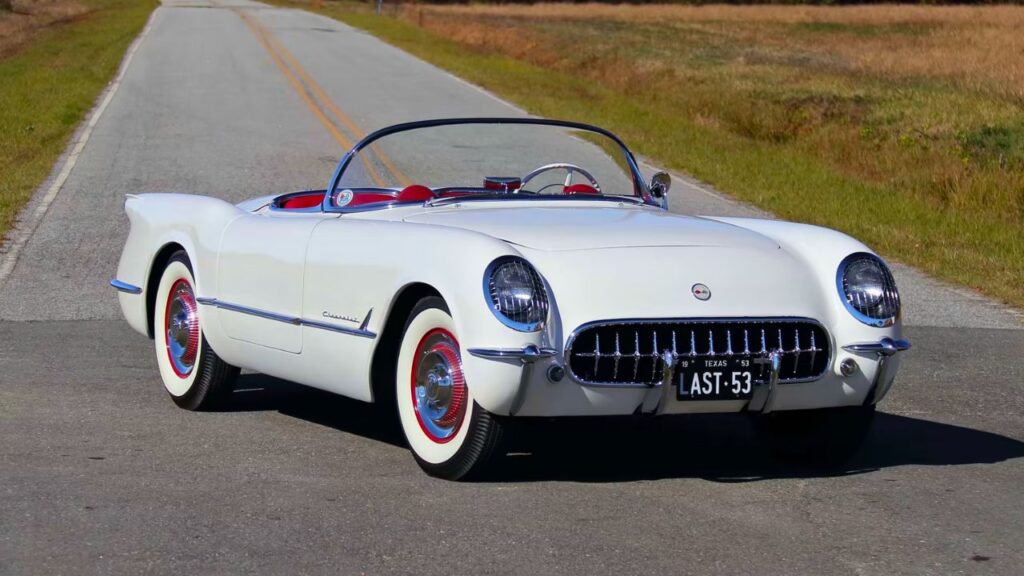
When the Corvette first hit the scene in 1953, it wasn’t exactly a smash success. Chevy built just 300 units that year, all in Polo White with red interiors and powered by a 150-hp inline-six. The car looked the part but struggled with performance thanks to its 2-speed Powerglide and lackluster suspension.
Still, the Corvette filled a gap in the U.S. market—something lightweight and sporty, but still homegrown. GM stuck with it, and by 1955, a V8 finally showed up under the hood. That’s when things started to change. The Corvette had found its backbone, and it wasn’t going away.
C1 Corvette (1953–1962): Getting Off the Ground
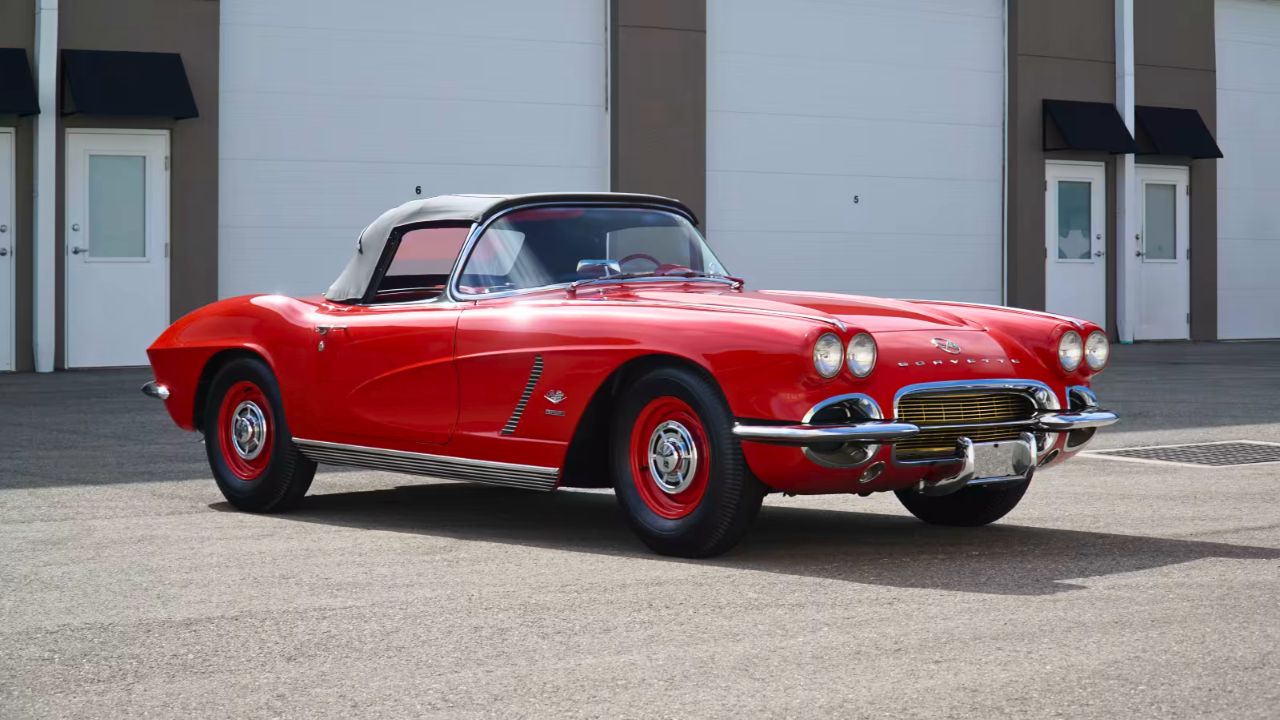
The first-gen Corvette had a bumpy start, but it slowly gained traction, especially after the 1955 V8 upgrade. By 1957, a fuel-injected 283 V8 pushed out one horsepower per cubic inch—a milestone at the time. Dual headlamps arrived in ’58, along with heavy chrome and bigger styling cues.
Underneath, it rode on a fairly basic solid axle and leaf springs, but it looked like something from outer space. Inside, the cockpit evolved with more creature comforts and sporty gauges. By the end of the C1’s run in 1962, sales reached 14,531 units—proof that people were finally taking it seriously.
C2 Corvette (1963–1967): The Sting Ray Era
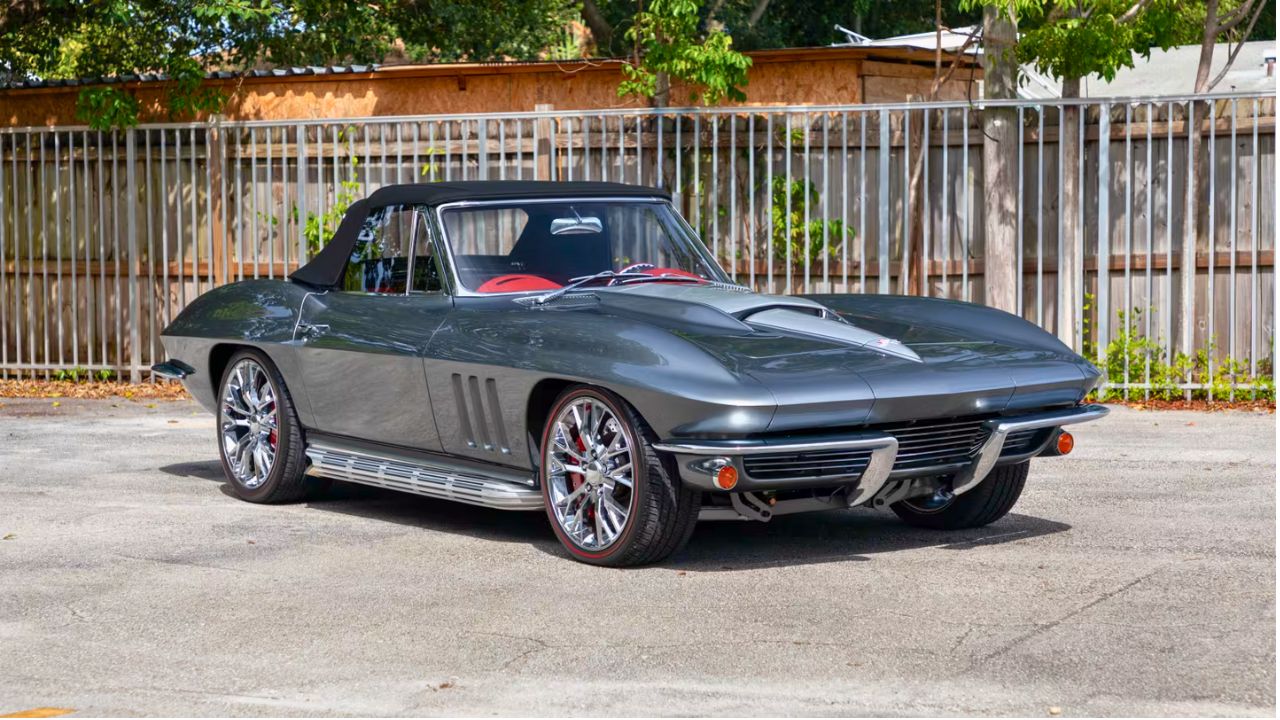
The ’63 Sting Ray split-window coupe made waves the second it hit the street. Built on a new chassis with independent rear suspension, the C2 was no longer just about looks—it handled, too. Power ranged from a base 327 small-block to the legendary 427 big-block.
Chevrolet introduced four-wheel disc brakes in 1965, a huge improvement in stopping power. Interiors were tighter and more race-inspired, especially with the available side pipes and knock-off wheels. In just five years, Chevrolet sold over 117,000 C2s. This was the Corvette that started showing up at both car shows and racetracks.
C3 Corvette (1968–1982): Longest-Running Generation
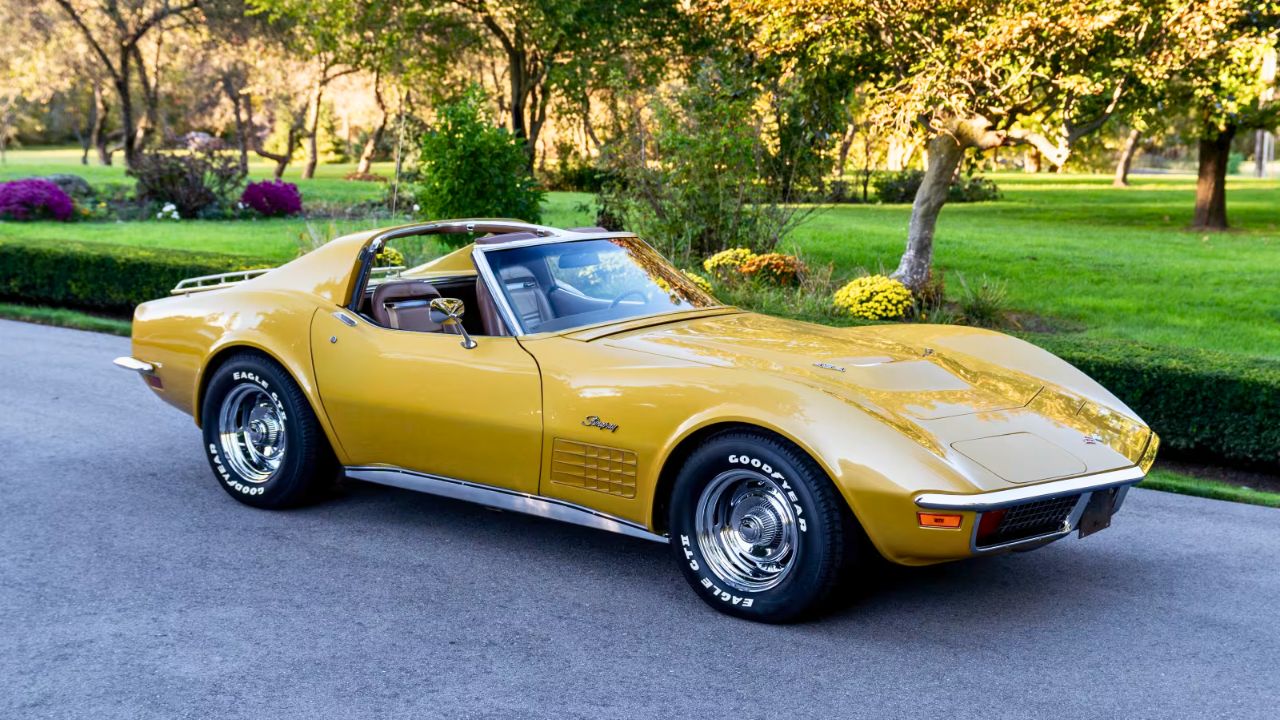
The C3 looked like a show car but drove more like a cruiser. Based on the Mako Shark II concept, it stretched out the lines with big fender flares and pop-up headlights. Early models came with serious big-block options like the 435-hp L71 and aluminum ZL1, but emissions rules eventually choked power down.
Still, sales stayed strong through the ’70s thanks to the Corvette’s image. Chevy sold over 542,000 units during the C3’s 14-year run, the most of any generation. The ride was still rough with its leaf-spring rear, but the T-top roof panels and aggressive styling made it a status symbol.
C4 Corvette (1984–1996): All About Handling
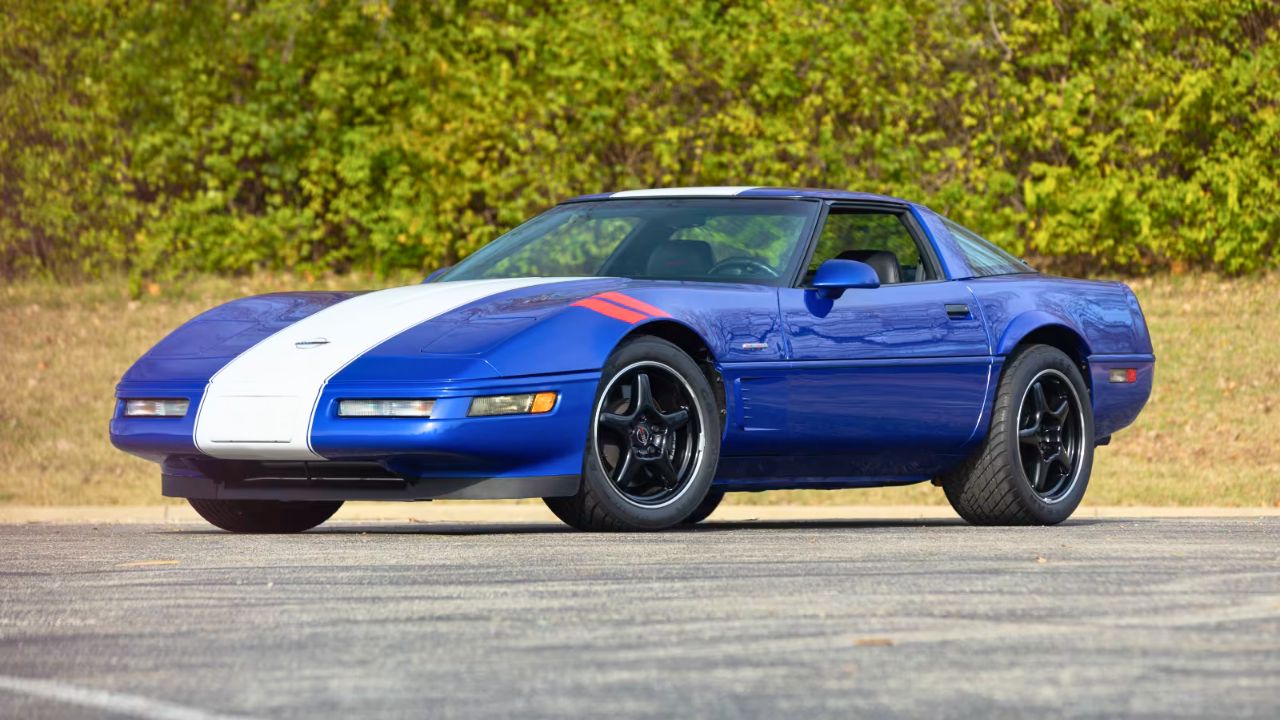
After skipping the 1983 model year, the Corvette came back swinging in 1984 with a totally new chassis. The C4 brought in modern tech like digital dashboards, a uniframe structure, and aluminum suspension pieces. It wasn’t the fastest in a straight line, but it could corner like a European sports car.
The ZR-1 was the real headline grabber. With a 375-hp DOHC LT5 V8 designed with Lotus, it was America’s answer to Ferrari. Chevy sold around 358,000 C4s in total. While the early years had a harsh ride, later models added adjustable suspension and nicer interiors that finally matched the performance.
C5 Corvette (1997–2004): Corvette Grows Up
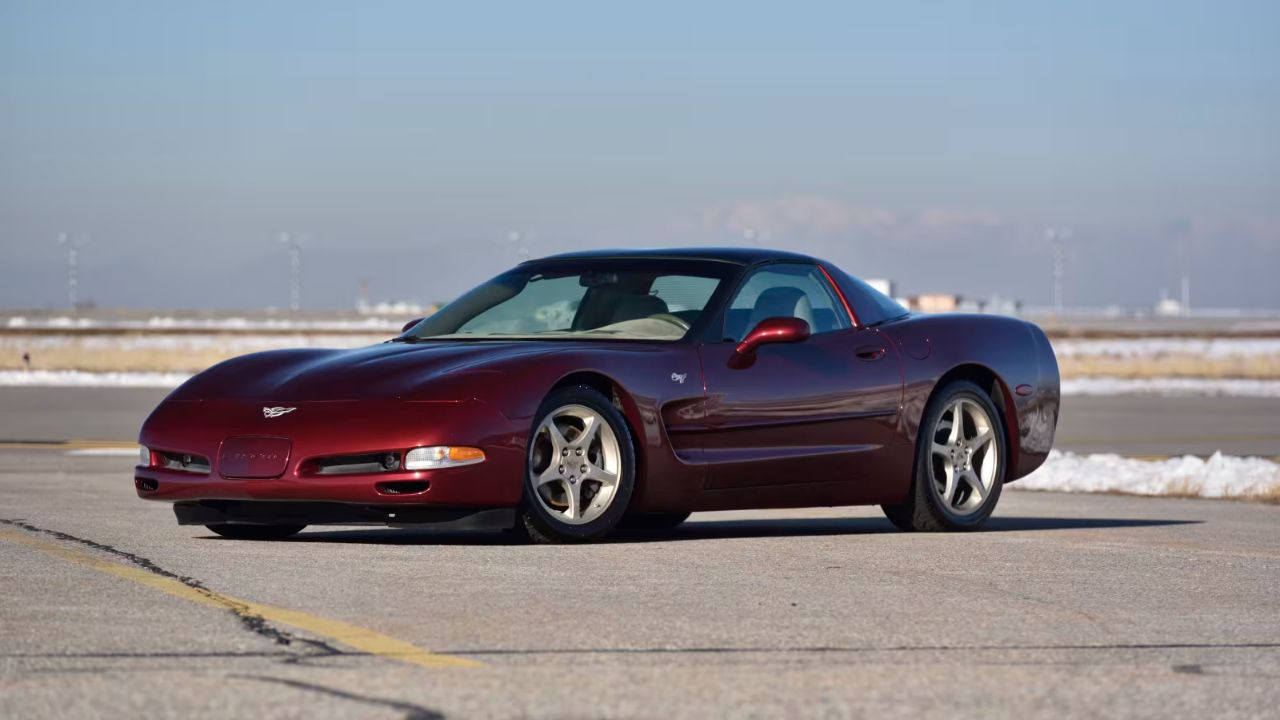
The C5 changed the game. It introduced the now-iconic LS1 V8, producing 345 hp with an optional six-speed manual. The new hydroformed frame and rear transaxle layout gave the car a near-perfect weight balance, transforming it into a genuine world-class performer.
The interior was more refined, with better materials and real storage space. The fixed-roof coupe and convertible versions gave buyers flexibility, and the C5 Z06 pushed things further with a 405-hp LS6 engine. Production hit nearly 250,000 units, proving that the Corvette wasn’t just surviving—it was thriving in the modern era.
C6 Corvette (2005–2013): No More Excuses
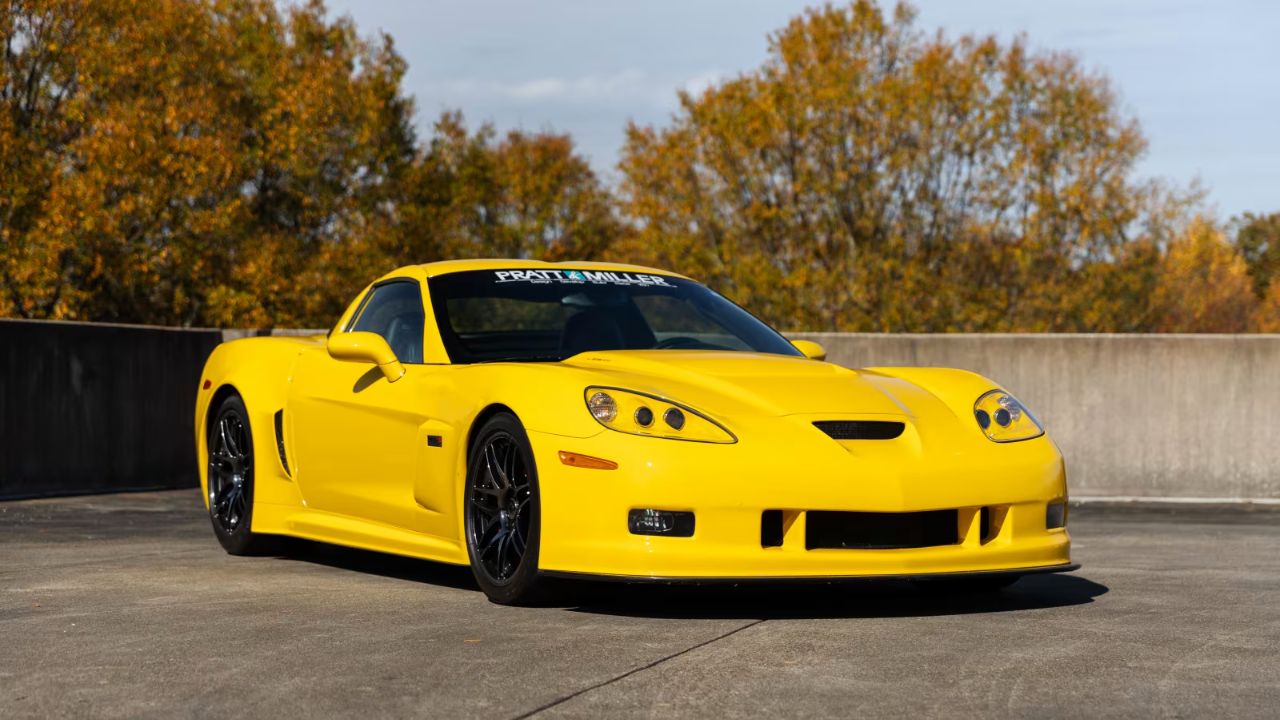
By the time the C6 rolled out, Chevy had trimmed the body, added exposed headlights for the first time since ’62, and packed in more power. The LS2 and later LS3 small-blocks pushed it to 430 hp, while the Z06 came out swinging with 505 hp from a 7.0L LS7 V8.
Handling was razor-sharp thanks to magnetic ride control and a refined chassis. Inside, materials were still hit-or-miss, but the layout was functional. The 638-hp ZR1 was the crown jewel, capable of 205 mph. With 215,125 built, the C6 showed that America could build a car to rival anything from Europe or Japan.
C7 Corvette (2014–2019): Track Weapon for the Street
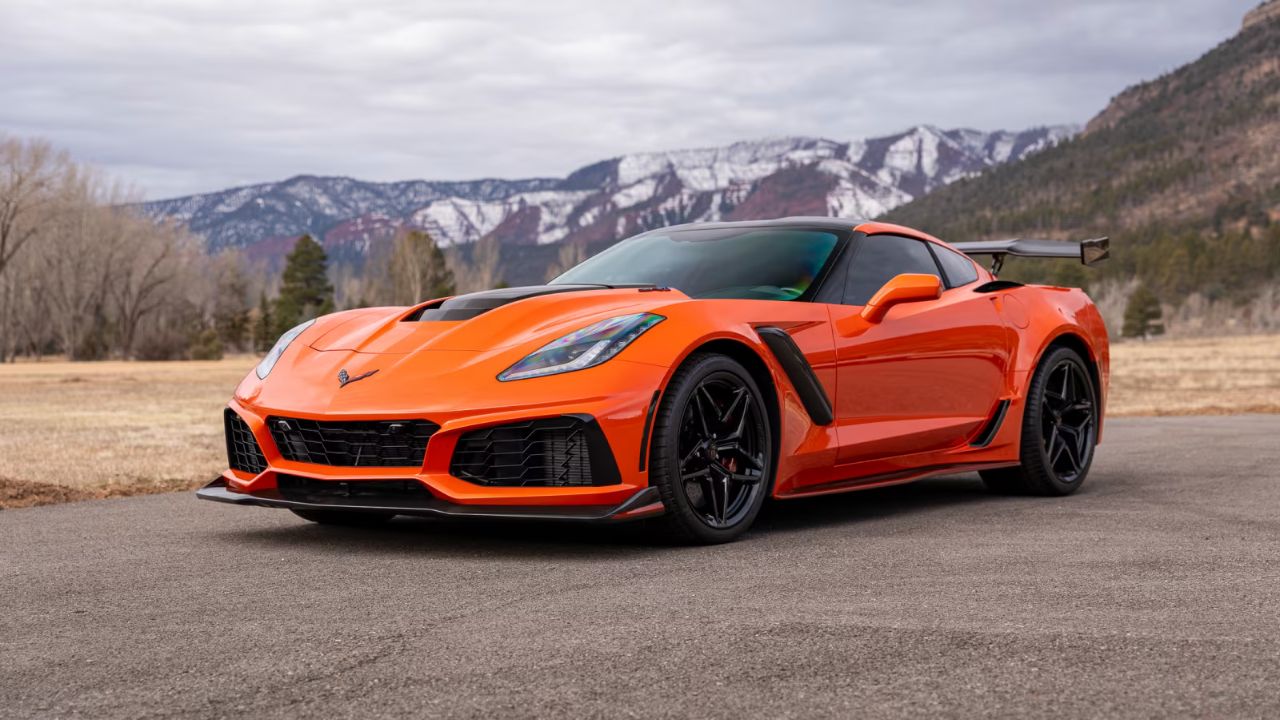
The C7 didn’t mess around. The base Stingray made 455 hp with the new LT1, and the optional Z51 package added dry-sump oiling and performance gear ratios. The chassis was tighter, and the electronics were smarter, including launch control, eLSD, and adaptive suspension.
Inside, the C7 finally delivered a quality interior—stitched leather, real aluminum, and touchscreen infotainment. The Z06 returned with 650 hp, and the Grand Sport brought Z06 handling with base-level power. By the end, the C7 was punching far above its price point. Sales topped 39,940 units in 2016 alone, making it one of the most successful modern Corvettes.
C8 Corvette (2020–Present): The Mid-Engine Leap
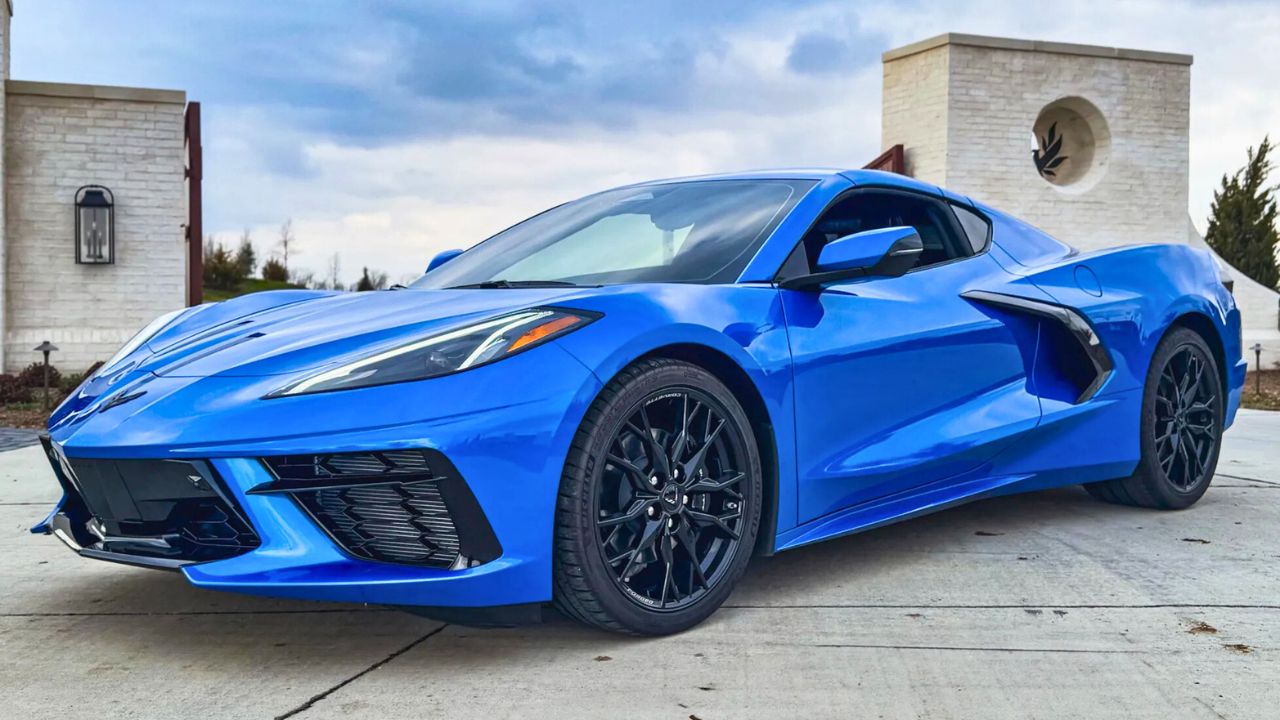
The C8 turned tradition on its head. For the first time, the Corvette went mid-engine, and it changed everything. The LT2 V8 now sat behind the driver, pushing 495 hp through an 8-speed dual-clutch. It hit 0–60 in under 3 seconds—on par with exotics triple its price.
The interior felt like a cockpit, with a high center console and quality materials throughout. Magnetic ride, customizable drive modes, and a front lift system showed how far the Corvette had come. With starting prices around $65K and over 70,000 sold in 2021 alone, the C8 proved that America’s sports car could go toe-to-toe with the best.
Conclusion: A Constant Reinvention
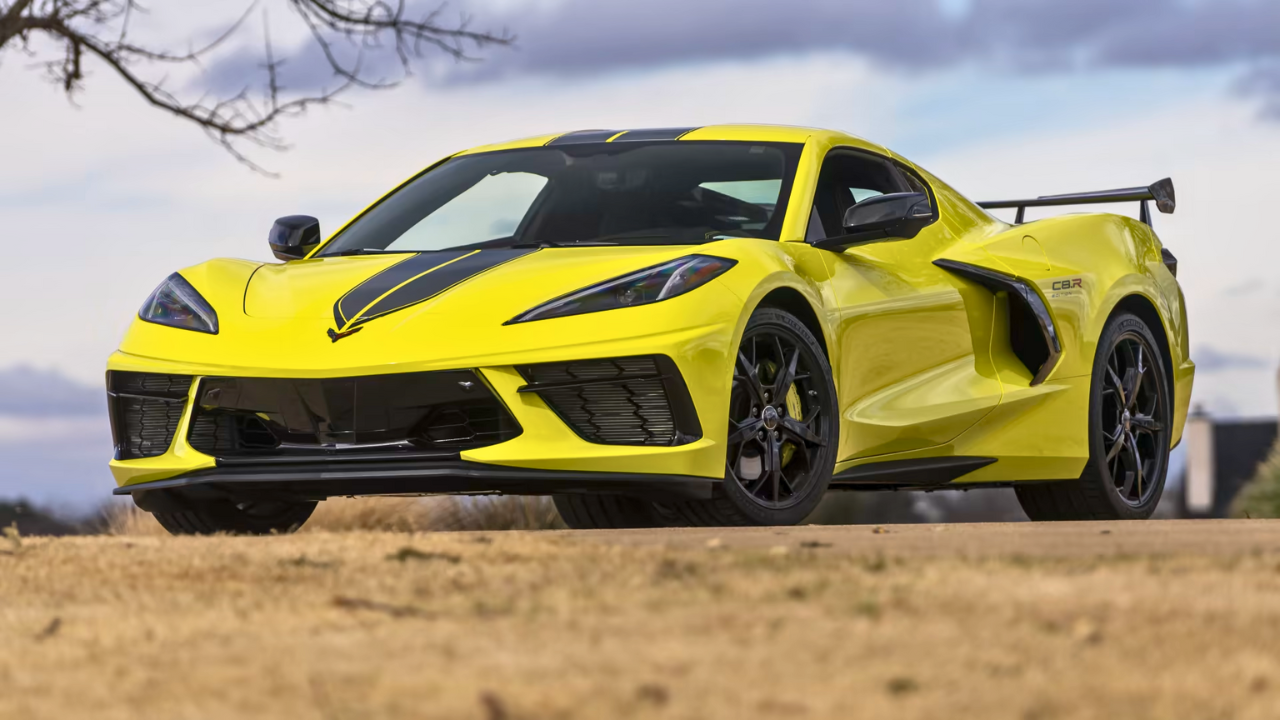
The Corvette didn’t get here by accident. Each generation brought its own flavor—sometimes raw, sometimes refined—but always performance-driven. It adapted to changing tastes, new tech, and tougher competition without losing sight of what made it special in the first place.
From fiberglass bodies and drum brakes to carbon fiber and dual-clutch gearboxes, the Corvette has spent over 70 years pushing limits. Whether you’re into the chrome-heavy C1s or the track-ready C8 Z06, there’s a version of the Corvette that fits just about every era—and every driver.
*Created with AI assistance and editor review.

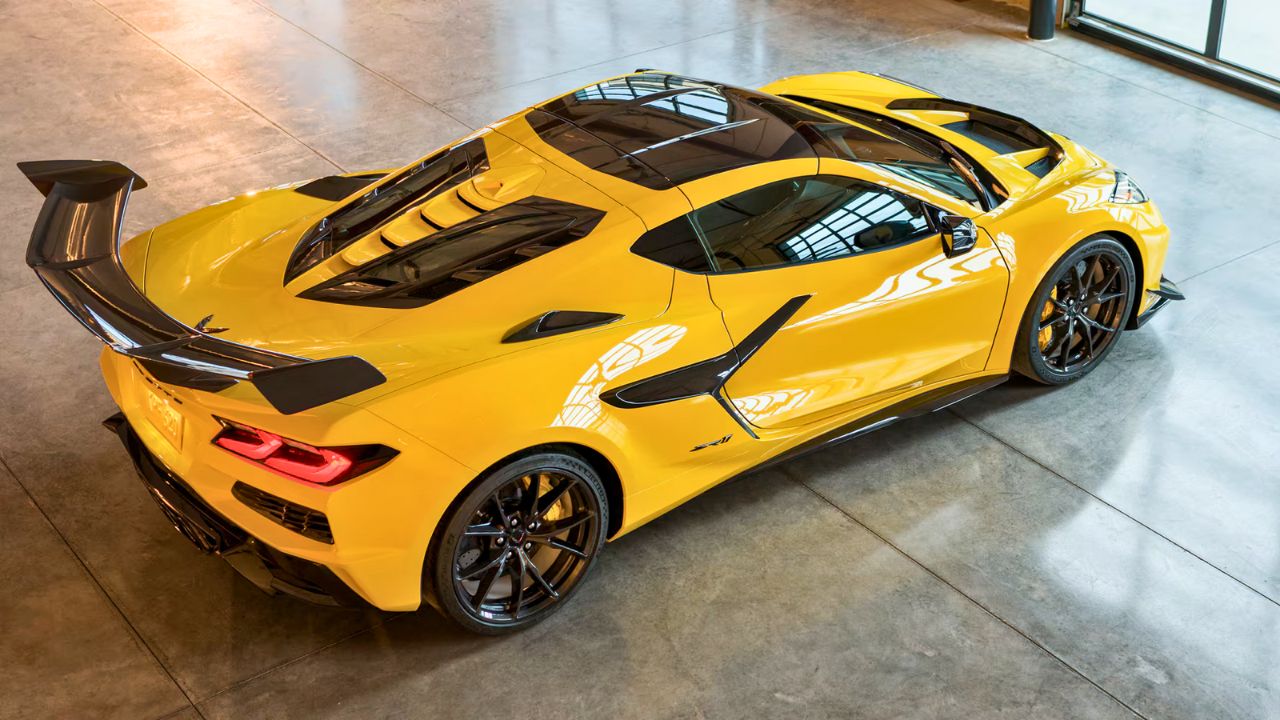
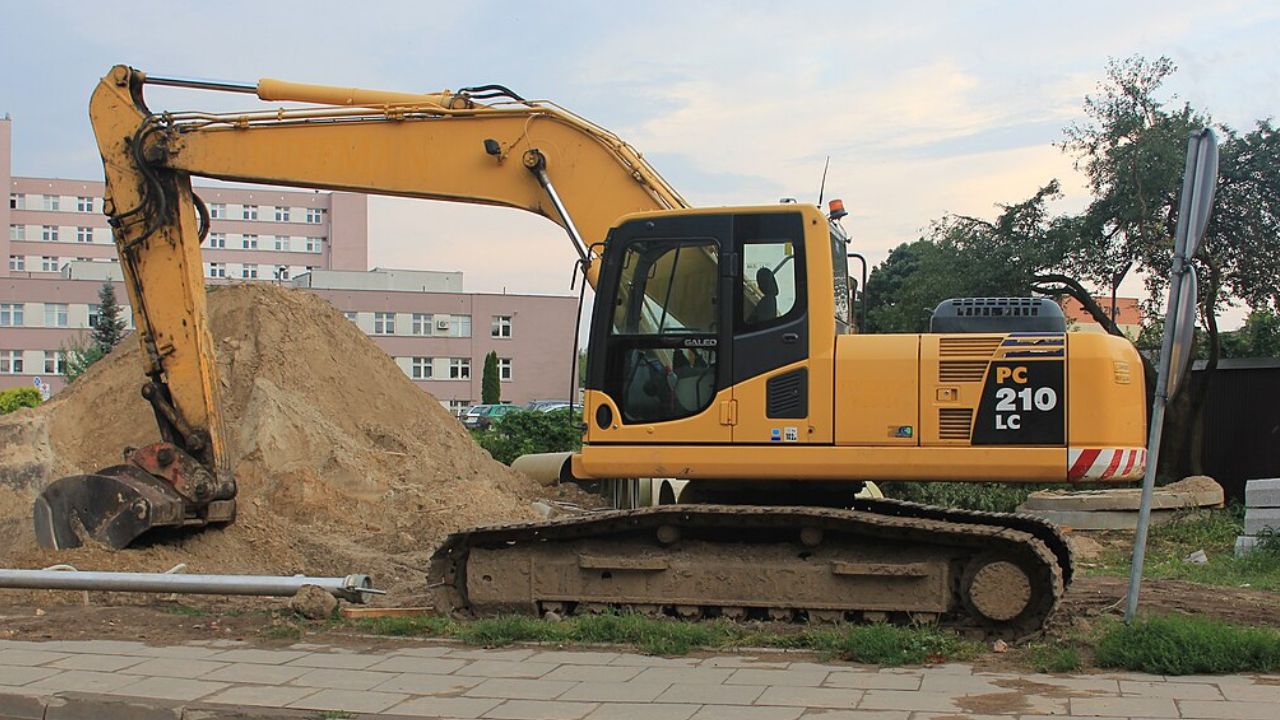
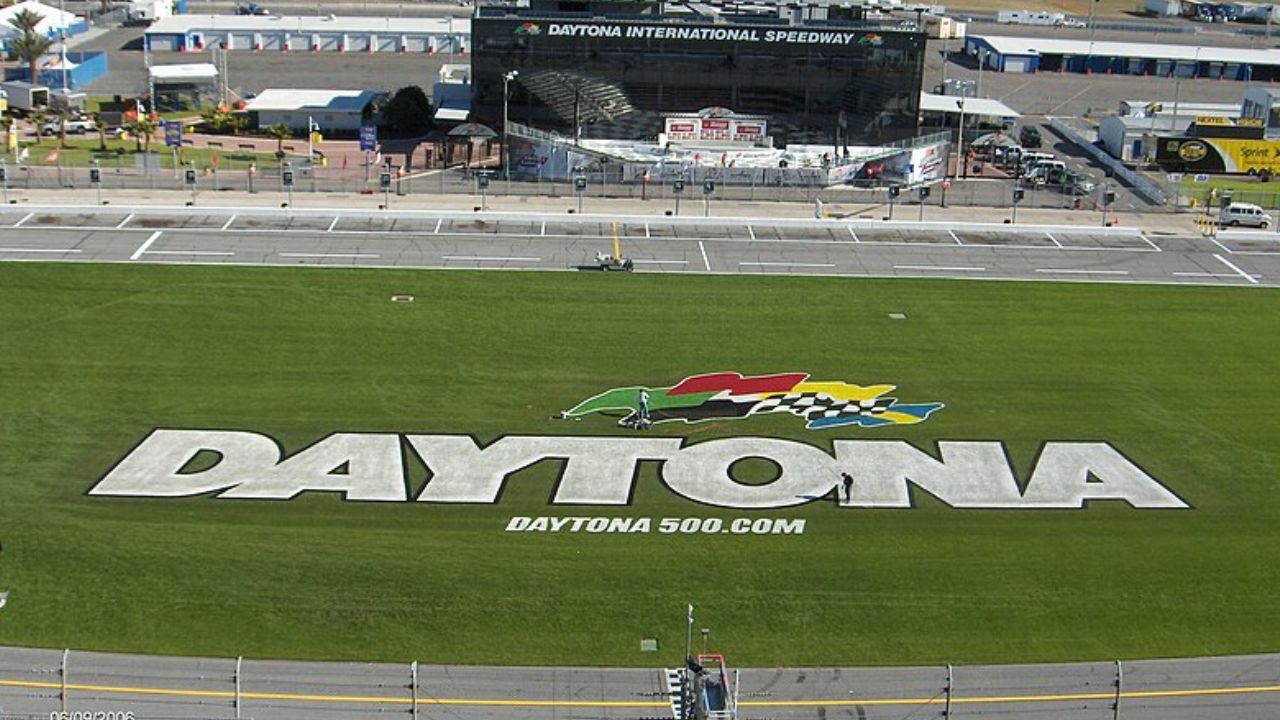
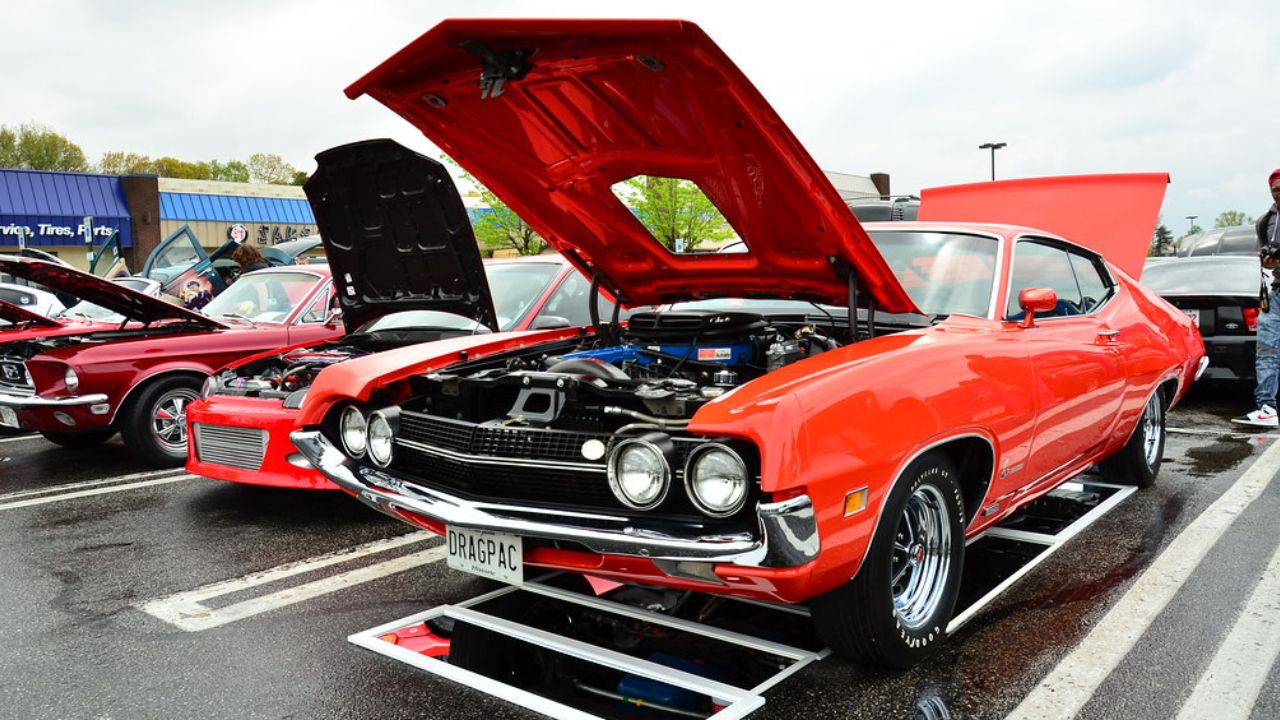

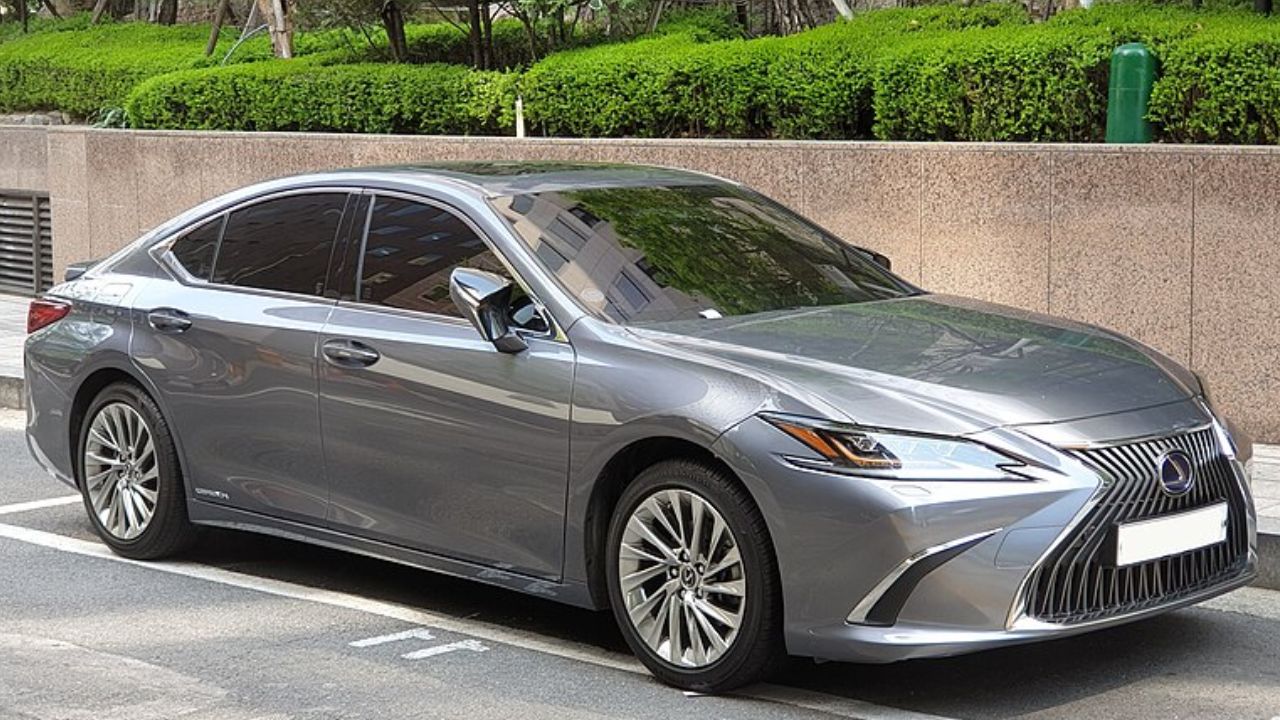
Leave a Reply